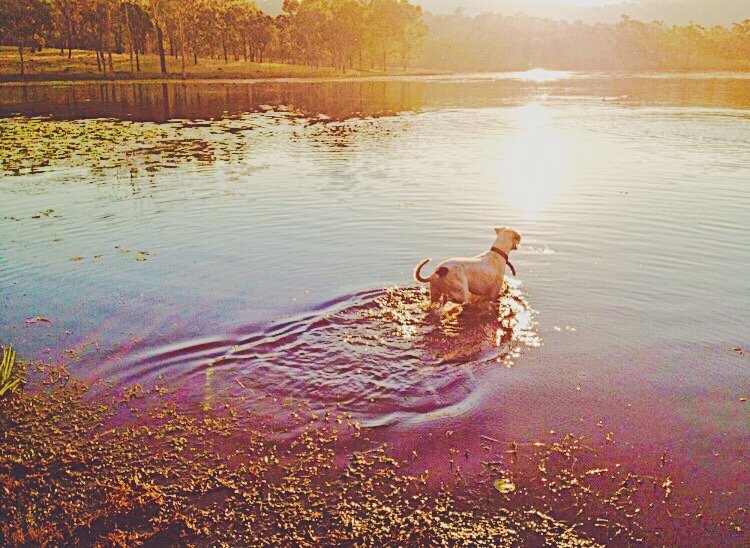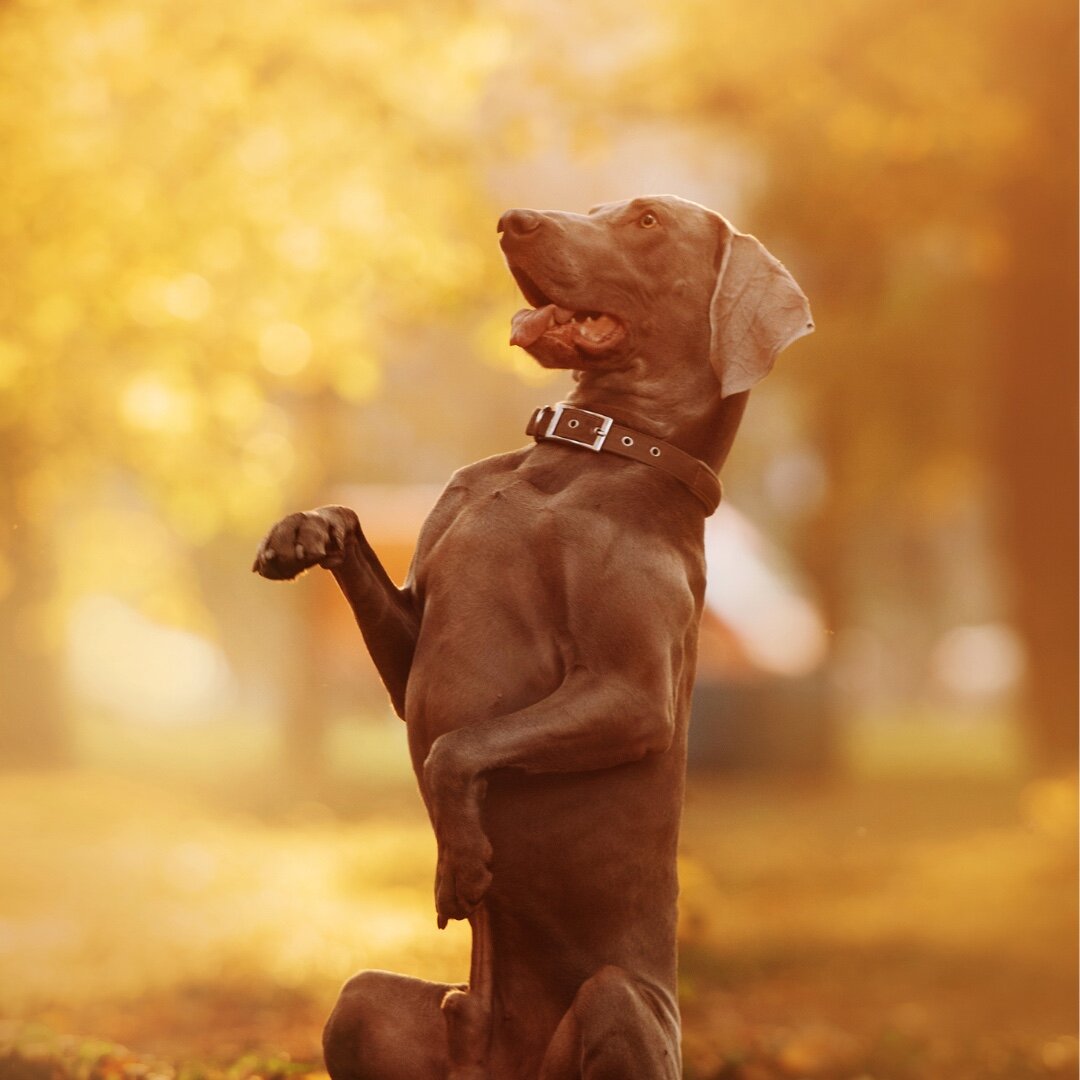
Blog
Education, teachings, tips & tricks to help your dog live a pain free life, and stay healthy, active and strong.
Strong Core, Happy Dog: Why You Should Be Focusing on Your Dog’s Core Strength
Just as with humans, a dog’s core stability is the cornerstone from where the limbs work most efficiently. It is the crucial link between the front and hind limbs, the stabilising mechanism of the spine and is responsible for correct posture in standing, sitting and during movement. So, why is it important that a dog has a strong core?
Underwater Treadmills for Dogs: Are They as Great as Everyone Says?
Over the past decade underwater treadmills have become increasingly popular within the world of Canine Rehabilitation, for both practitioners and dog owners alike. This, in turn, has led to the common belief that all dogs would benefit from underwater treadmill work, and it is sometimes even prescribed as a stand-alone treatment. However, while the underwater treadmill has its benefits and can be helpful for a number of canine conditions, it also has its limitations.
Why Does my Dog Sometimes Skip? It may be due to Patella Luxation.
Has your dog ever been trotting along when you’ve noticed them suddenly lift their rear leg, skip along for a step or two, then kick their leg behind them before placing it back down? If so, your dog may be experiencing patella luxation, a not uncommon orthopaedic condition in dogs. While it is mainly seen in smaller dogs, such as the toy poodle or chihuahua, it can also occur in bigger dog breeds. So what is patella luxation?
Iliopsoas Injuries in Dogs
You’re playing fetch with your dog, they’re participating in dock diving or agility, or they slip on wet grass and suddenly pull up lame on three legs … what’s your first thought? For many dog owners their first thought is that their dog has partially, or fully, ruptured their cranial cruciate ligament (or the anterior cruciate ligament in humans). However, CCL tears tend to be more chronic in nature and there’s another injury that is relatively common, but often under diagnosed in dogs, and that is an injury of the Iliopsoas muscle. So, what and where is the Iliopsoas muscle, what does it do and how does it get injured?
The Potential Injuries Associated with Dock Diving
We have all heard of the dog sport, dock diving. And often, because it is a water sport, we think of it as being relatively safe for our dogs. But, is it really?
Puppies, Exercise and Growth Plates
If you are wondering how much exercise your puppy should be doing, my advice is ‘Don’t Google It’! The general advice is the ‘Five Minute of Exercise Rule’. That is, puppies should only get about five minutes per month of age, up to twice a day, of continuous exercise until their growth plates close. In toy and miniature breeds growth plates close around 6-8 months of age. In large breeds it can be closer to 14-16 months. However, none of the articles or blog posts written are able to back this advice up with scientific studies. So let’s think about this logically.
The Problem with Sit Pretty
When you type ‘sit pretty’ into Google, the vast majority of articles and blog posts promote this trick as an excellent way to strengthen a dog’s core abdominal muscles. However, when you search ‘core activation exercises for dogs’, there is no mention of it. So, why is that?






